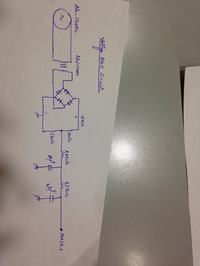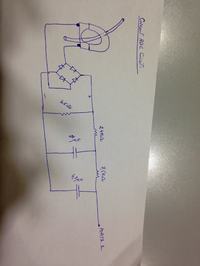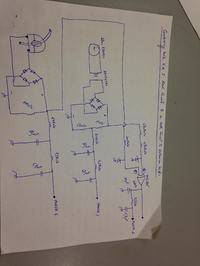pic.programmer
Advanced Member level 3

- Joined
- Aug 19, 2015
- Messages
- 773
- Helped
- 141
- Reputation
- 284
- Reaction score
- 140
- Trophy points
- 43
- Activity points
- 7,531
I have never done current measurement. I have only measured voltage using transformer and then the step down voltage into bridge then to capacitor and then to voltage divider to get 5V for 300V AC. I have measured this and displayed on LCD and 7 Segment Displays. I have done DC current measurement but with ACS712 Sensor.
ACS712 sensor can also measure Current but I have not used it to measure AC Current.
I have done the XOR method only in Proteus Simulation. The result was fluctuating between three values. For 0.707 it was displaying 0.704, 0.706, 0.711. Same with and without LPF.
I have not tested it in hardware. If you want you can test it in hardware. You can try both brian's and KlausST's methods. i am willing to write code for both their methods. If you are ready to build various circuits for V, I and PF measurement then I will give you different codes but you have to build the circuits first and provide me some data.
ACS712 sensor can also measure Current but I have not used it to measure AC Current.
I have done the XOR method only in Proteus Simulation. The result was fluctuating between three values. For 0.707 it was displaying 0.704, 0.706, 0.711. Same with and without LPF.
I have not tested it in hardware. If you want you can test it in hardware. You can try both brian's and KlausST's methods. i am willing to write code for both their methods. If you are ready to build various circuits for V, I and PF measurement then I will give you different codes but you have to build the circuits first and provide me some data.







